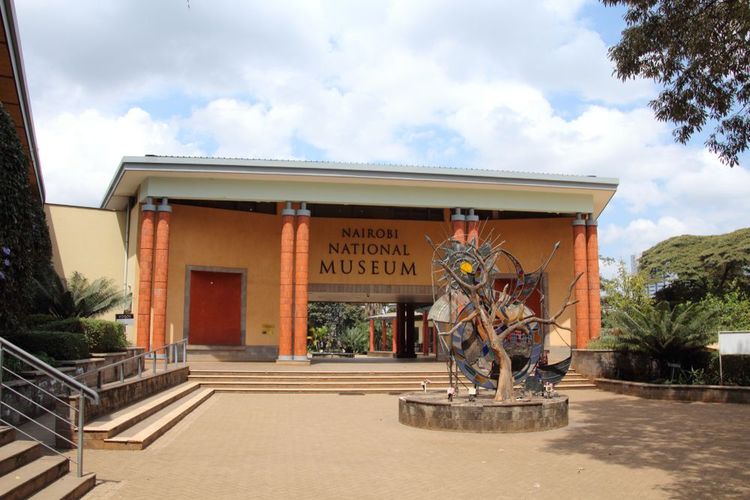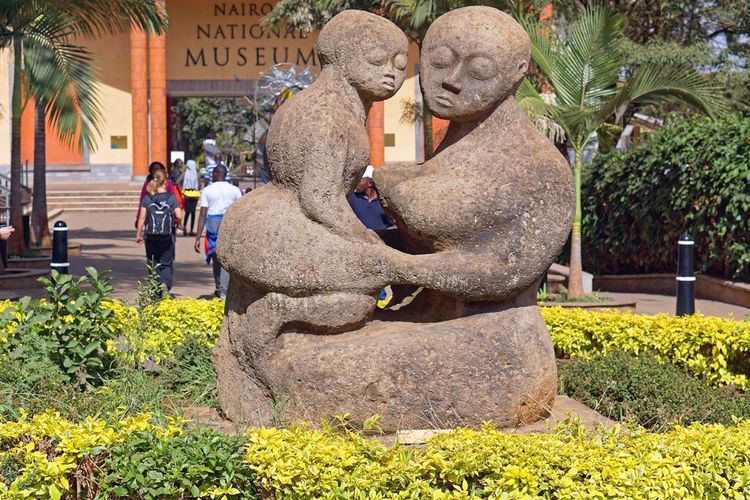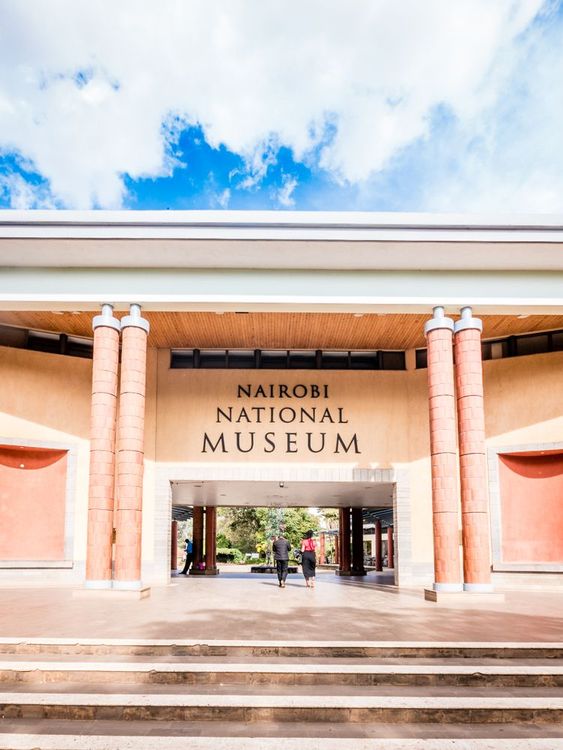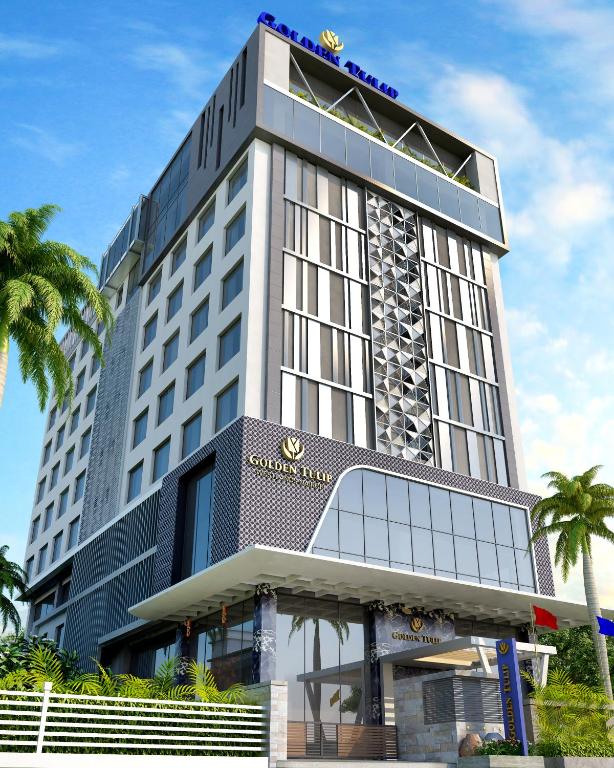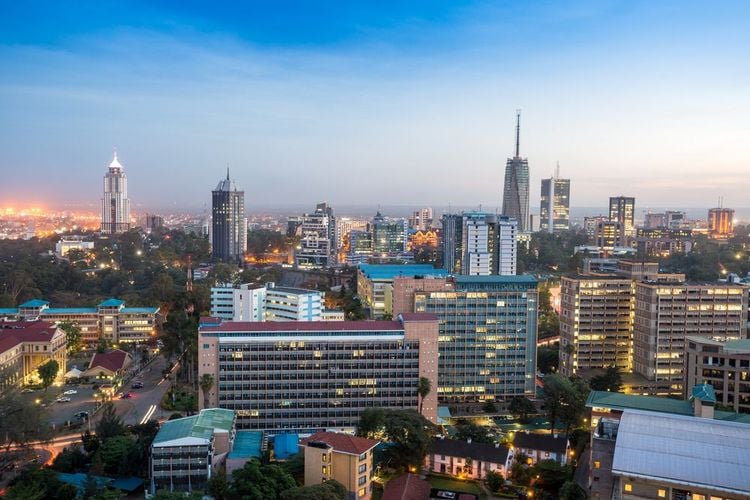Nairobi, Kenya's bustling capital, is increasingly attracting safari travellers from all over the country. Indeed, the country is home to some sumptuous and iconic national parks, renowned the world over for their outstanding beauty and biodiversity. However, few tourists used to linger in Nairobi, barely recovering from jet lag before heading off in search of the wilderness.
In recent years, however, more and more tourists have come to the city in search of authenticity and Kenyan culture, far removed from the luxury lodges and camps of the arid plains of the nature reserves. Nairobi, with a population of no less than 4.5 million, attracts travellers who discover this metropolis from a different angle. The outskirts of the city focus on animal attractions, while the city centre offers more cultural visits. And what better way to learn more about the country than to visit the National Museum of Kenya?
